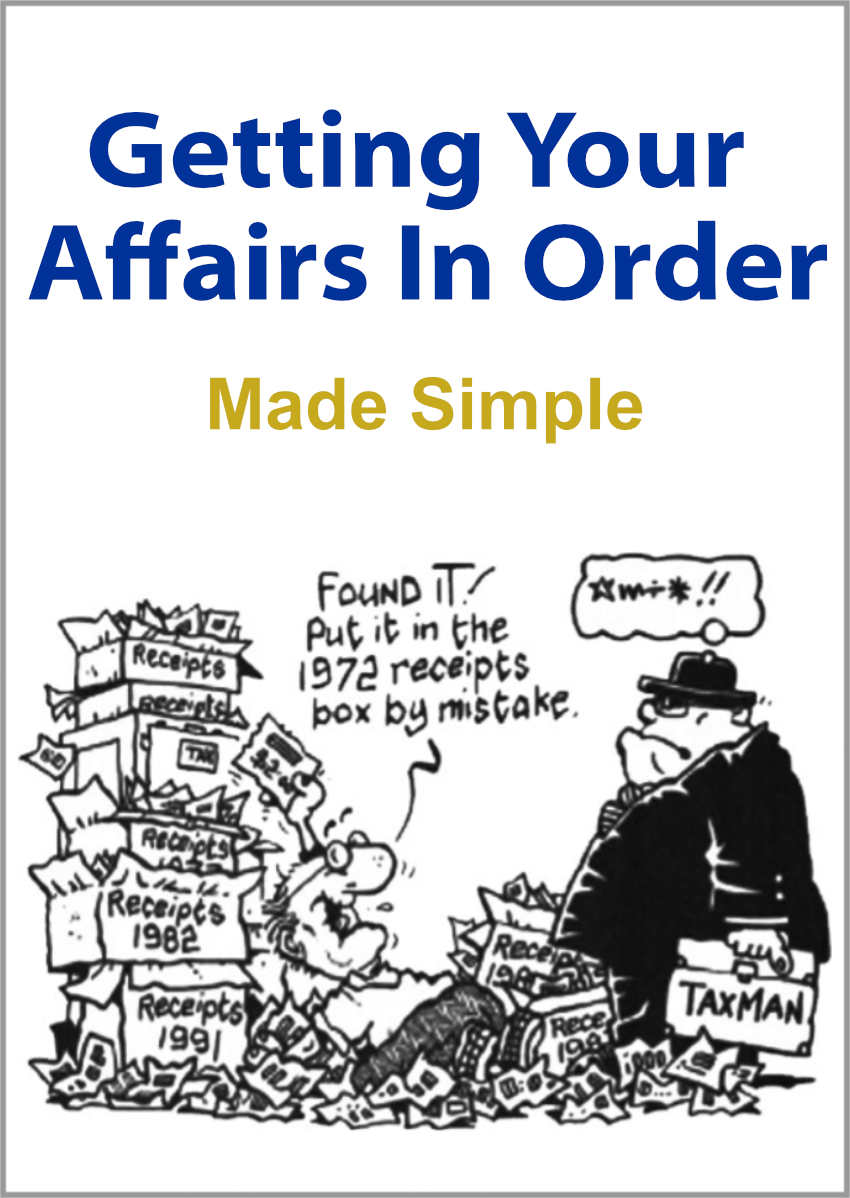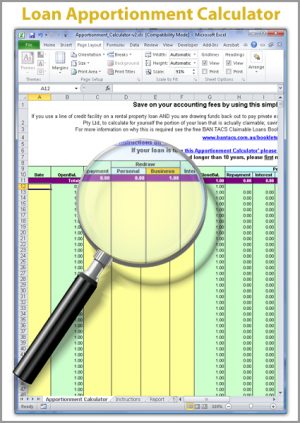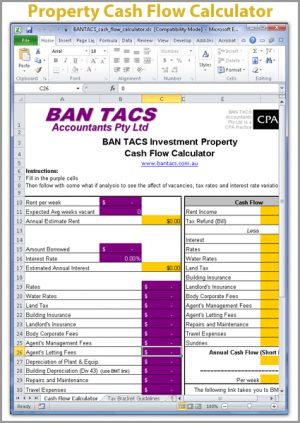The idea is to get the relevant amounts in a spreadsheet with a link to a scanned copy of the original document. Your executor only needs to click on the link beside the amount for supporting documentation. You have instructions all along the way so you know what information is relevant. Imagine how good it will feel to know you have all the records necessary for your CGT calculation in the one place in an ordered and consistent manner. In addition there is the ability to estimate CGT liabilities associated with assets so that your estate can be distributed fairly according to after tax values. In the case of a sale in your life time use the estimator to give you an idea of how much of the sale proceeds you will need to put aside to pay your tax.
Dropbox a copy or load it onto a memory stick so you can give a copy to your solicitor, executor, spouse and children. Then rest easy knowing that they have everything they need. Copies will also protect your records from fading and disasters.
As you would expect the process is going to be time consuming but if it is going to be a big job for you imagine the impossible task you would be setting the people you leave behind, if you don’t do it. Make the commitment for your loved ones, to collate this material in a comprehensive and efficient way.
Here is a list of the spreadsheets sorted by the type of asset class they apply to:
Homes held, at least partially for Private Use:
Main Residence Spreadsheet – Covers the situation when you may have rented out part of your home for part of the time. It is also important to keep records for your stock standard main residence situation as there is always a chance that the CGT exemption can be lost retrospectively if you demolish the house, sell it while you are living overseas or die while living overseas.
Holiday Home Spreadsheet – This can also accommodate the use of the property as a holiday rental as well as explaining how the cost base can be increased by holding costs that are not claimed as a tax deduction ie relating to your private use of the property.
When Your Home is on more than 2 Hectares – Your main residence exemption only covers 2 hectares but good record keeping and careful planning can dramatically reduce the capital gain on the remaining hectares. Get the strategies and the records, right from the start.
Investment Properties:
Residential Investment Properties – This is for residential properties that have never been covered by your main residence exemption and have earned income.
Commercial Investment Properties – This is very different from residential properties in that GST probably applies. There is also the possibility that the Small Business CGT Concessions could apply. Make sure you keep the records to take full advantage of this.
Other Investments:
Shares and Units FIFO – If you sell part of a parcel of shares you own you have to calculate the cost base on a first in first out basis. This spreadsheet allows you to keep track of this for both shares in companies and units in managed funds. Note managed funds are also referred to as trusts in these spreadsheets.
Shares and Units No DRI Simplified Version – If you are not intending to sell portions of your holding only the whole lot in one go and you are not dividend re investing this spreadsheet is a much simpler method of keeping all the required records, than the Shares and Units FIFO Spreadsheet.
Shares and Units Reinvestment Simplified Version – Almost as simple as the one above and considerably easier than the Shares and Units FIFO spreadsheet. Use this spreadsheet if you are still long term holding the shares and when you sell, only ever going to sell the total holding but you have entered into a dividend reinvesting arrangement that will see you acquire shares each year instead of a cash dividend.
Crypto Currency – There is no getting around the fact that CGT will apply to all crypto currency unless it is simply purchased to immediately purchase goods. If you have borrowed to buy crypto currency you need to include the interest in the cost base. It is also important to record your holding and account details so that your executor knows this investment exists, how to access it and to include this asset in your estate.
Other Assets:
Vacant Land – Make sure you have a record of all the holding costs associated with vacant land because it will be subject to CGT when sold even if you had originally intended to build your home on it.
Collectables and Personal Use Asset – Even your caravan, boat and wedding ring are subject to CGT so make sure you have the cost base records so you don’t have to pay CGT on the total sale proceeds. There are two separate spreadsheets in this collection as there are different rules depending on whether the asset meets the definition of collectable or personal use.
Other Assets – Just a generic spreadsheet for anything unusual
Other Records:
Pre CGT Assets – You might think why keep records for these as CGT does not apply but how is your executor going to know it is a pre-CGT asset unless you leave them some proof of purchase here. Note you might think an asset that you own jointly with your spouse is a pre-CGT asset but if the spouse dies then the half you receive from them will be a post-CGT asset in your hands and needs to be recorded separately in one of the spreadsheets above.
Other Important Records – Just think of the chaos if you were to die suddenly. Where are your important documents, what are your passwords and account numbers. Just to name a few. This spreadsheet allows you to scan in copies of important documents such as marriage certificate and it prompts you to think about what important information you should get down in writing.
Note for Mac Users
- Via an annual 365 subscription ( https://www.microsoft.com/en-
au/microsoft-365/buy/compare- all-microsoft-365-products ) - Via an outright purchase of Office ( https://www.officeworks.com.
au/shop/officeworks/p/ microsoft-office-2021-home- student-software-download- moff21hses) - Note: With an outright purchase we recommend that you download the software and back it up on a USB drive so that if something goes wrong or you upgrade your Mac to a new computer you can just reinstall the software. This is a great option if you don’t want to be on an annual subscription or if you don’t need the cutting edge features. There is no limit with how long you use this software and you will be able to use this for many years to come.
- Crypto Spreadsheet.xlsx
- Shares or Units FIFO Spreadsheet.xlsx
Note for Linux Users
The spreadsheets work on a Linux operating systems (like Ubuntu) using Libre Office spreadsheet, although the how-to instructions provided in the documents are relevant to Microsoft Office, not Libre Office.
‘Liability limited by a scheme approved under Professional Standards Legislation.’





